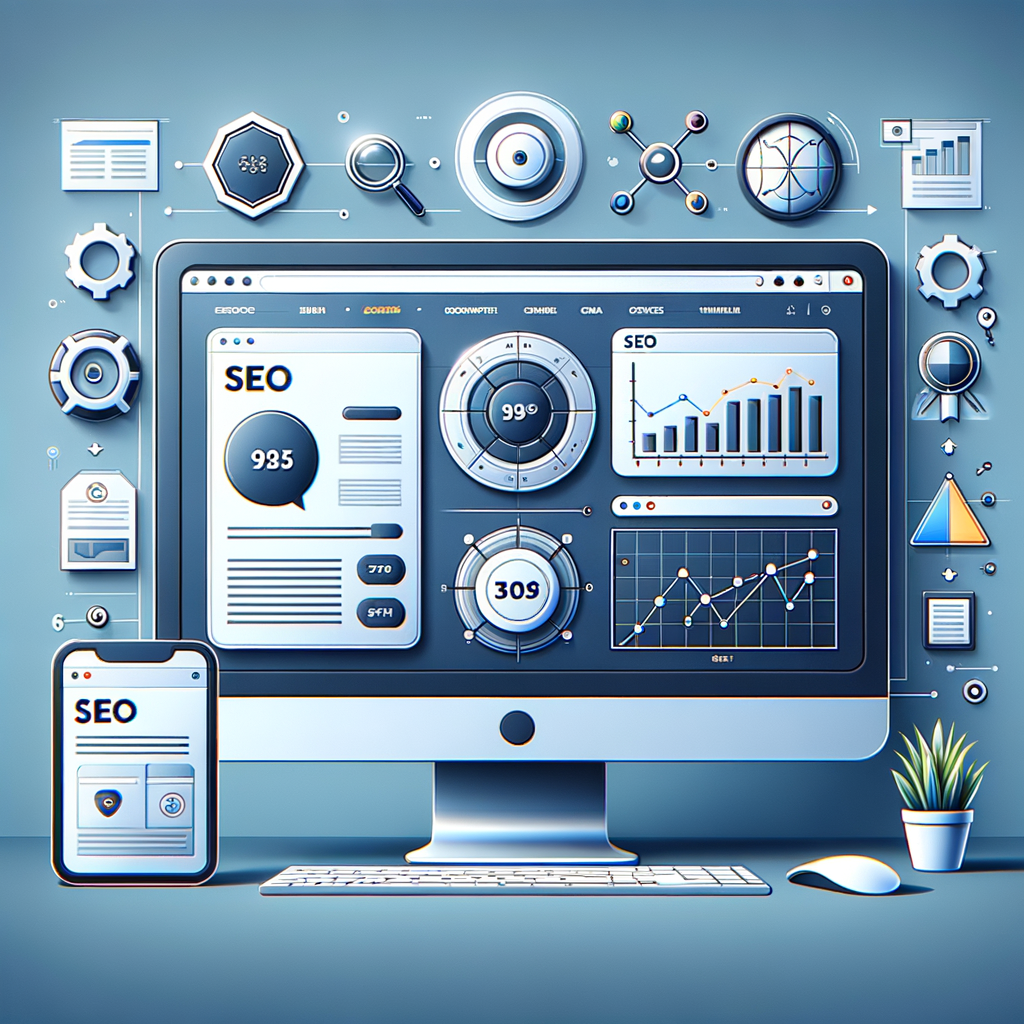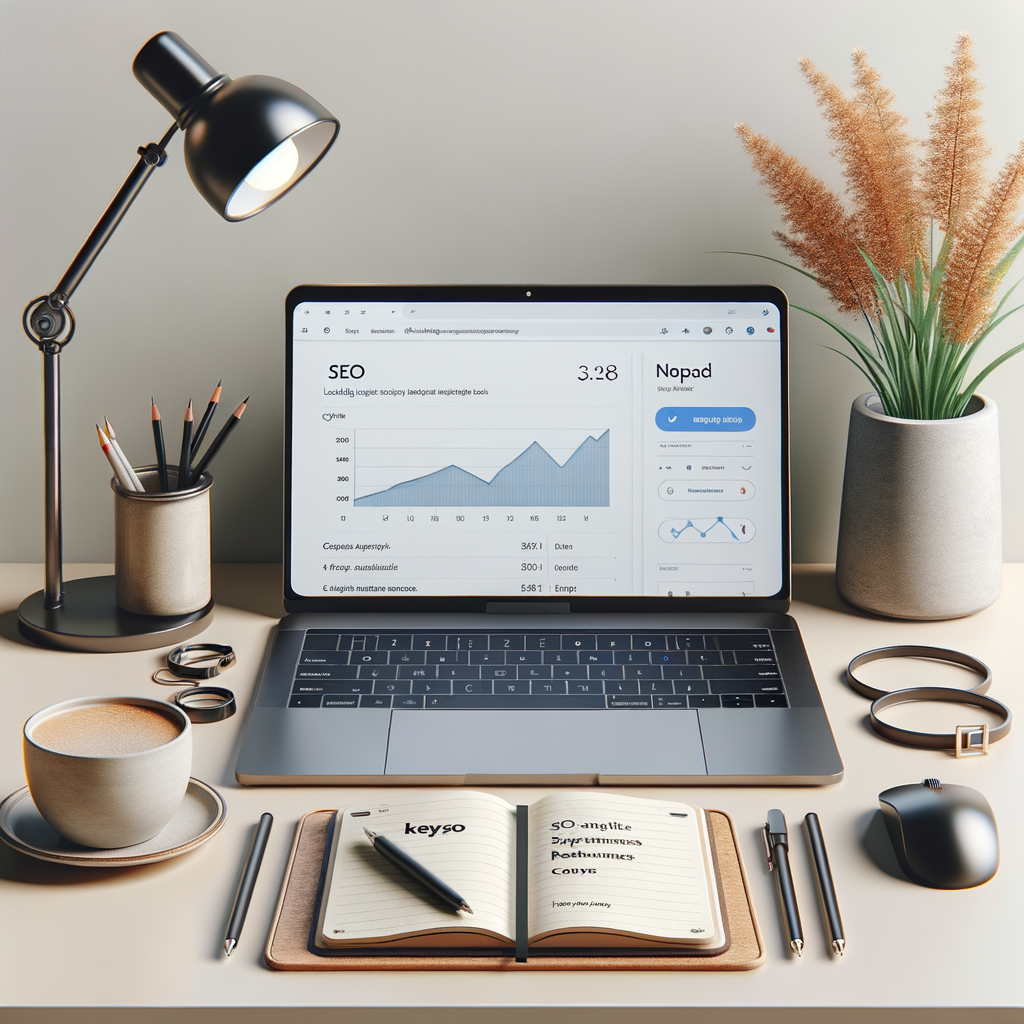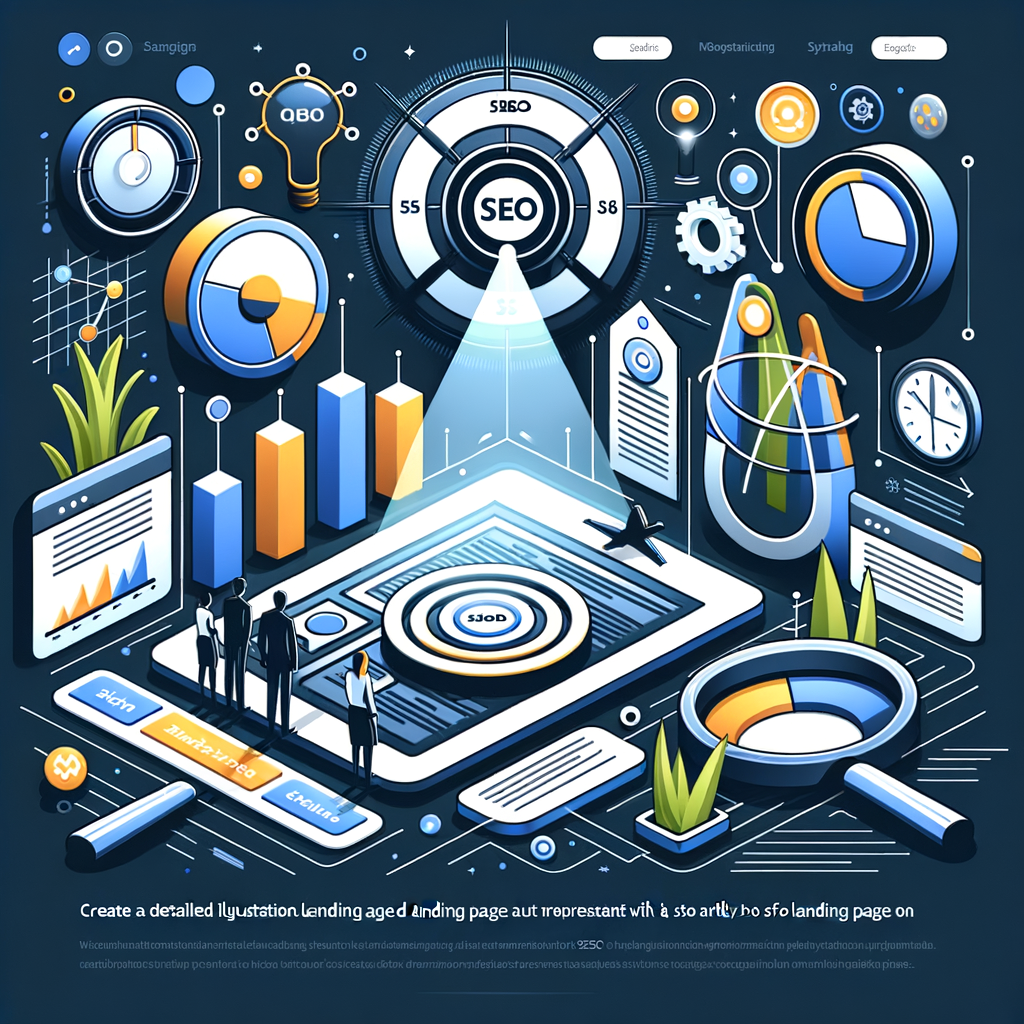
Effective SEO Strategy Landing Page for Higher Rankings
In today's digital landscape, an effective SEO strategy is crucial for the success of your landing page. With well-planned SEO practices, you can significantly enhance your visibility and conversion rates. This article focuses on essential strategies for optimizing your landing page for search engines, particularly highlighting the "SEO strategy landing page" and "landing page Next.js."

Understanding SEO for Landing Pages
3.1 What is an SEO Landing Page?
An SEO landing page is designed specifically to rank well in search engine results, driving organic traffic. Unlike standard landing pages, which may focus solely on conversions, SEO landing pages incorporate targeted keywords and content to improve search visibility.
3.2 Why is SEO Important for Landing Pages?
Effective SEO is essential for driving traffic and improving conversions. A well-optimized landing page not only ranks higher in search engine results but also attracts the right audience, leading to increased sales and engagement.
3.3 Key Components of a Successful Landing Page
Successful landing pages must include strong calls to action, relevant keywords, and engaging content that answers user queries. These elements are vital for optimizing landing pages for search engines.

Keyword Research and Optimization
4.1 Identifying Relevant Keywords
Conducting thorough keyword research is the foundation of any SEO strategy. Utilize tools like Google Keyword Planner or SEMrush to identify relevant keywords that align with user intent. Understanding what your audience searches for is crucial for effective optimization.
4.2 Integrating Keywords into Your Content
Place your primary keyword, such as "SEO strategy landing page," in critical areas of your content, including titles, headers, and the body text. Incorporate secondary keywords, like "landing page Next.js," to enhance visibility.
4.3 Monitoring Keyword Performance
Regularly monitor your keyword performance using analytics tools. Adjust your strategy based on which keywords are driving traffic and conversions to optimize your landing pages continually.
Creating High-Quality Content
5.1 Content Relevance and Value
Quality content is essential for engaging users and keeping them on your page longer. Ensure your content provides valuable information that addresses user queries effectively.
5.2 Using Visual Elements
Incorporate visual elements like images, videos, and infographics to enhance user experience. Optimize these elements with appropriate alt text to improve SEO.
5.3 Keeping Content Fresh and Updated
Regularly updating your landing page content is crucial for SEO. Refresh old content with new information, and ensure it remains relevant to current trends and user needs.

On-Page SEO Techniques
6.1 Title Tags and Meta Descriptions
Craft compelling title tags and meta descriptions that accurately reflect your content. These elements are critical for attracting clicks from search engine results.
6.2 Header Tags and Content Structure
Use header tags (H1, H2, H3) to create a logical structure for your content. This not only aids SEO but also enhances readability for users.
6.3 URL Structure and Internal Linking
Create SEO-friendly URLs that include relevant keywords. Implement effective internal linking strategies to guide users through your website and improve navigation.
Technical SEO for Landing Pages
7.1 Mobile Optimization
With mobile usage on the rise, ensure your landing page is optimized for all devices. Utilize responsive design principles to enhance user experience.
7.2 Page Speed Optimization
A slow-loading page can deter visitors. Optimize images, leverage browser caching, and minimize JavaScript to improve loading times.
7.3 Utilizing Next.js for SEO
Next.js offers several advantages for SEO, including automatic server-side rendering and static site generation, which can significantly enhance the performance of your landing pages.
Analyzing and Measuring SEO Performance
8.1 Key Metrics to Track
Monitor essential SEO metrics such as traffic, bounce rate, and conversion rate to gauge the effectiveness of your strategies.
8.2 Tools for SEO Analysis
Utilize tools like Google Analytics and Ahrefs to track and analyze your SEO performance. These insights can inform future optimizations.
8.3 Iteration and Continuous Improvement
SEO is an ongoing process. Regularly refine your strategies based on performance data to ensure continuous improvement and better results.
Conclusion
Improving SEO for your landing pages is crucial for driving traffic and increasing conversions. Implementing the strategies discussed in this article will help you create high-performing landing pages optimized for search engines. Evaluate your current landing pages and consider how you can apply these strategies to enhance your SEO efforts.

